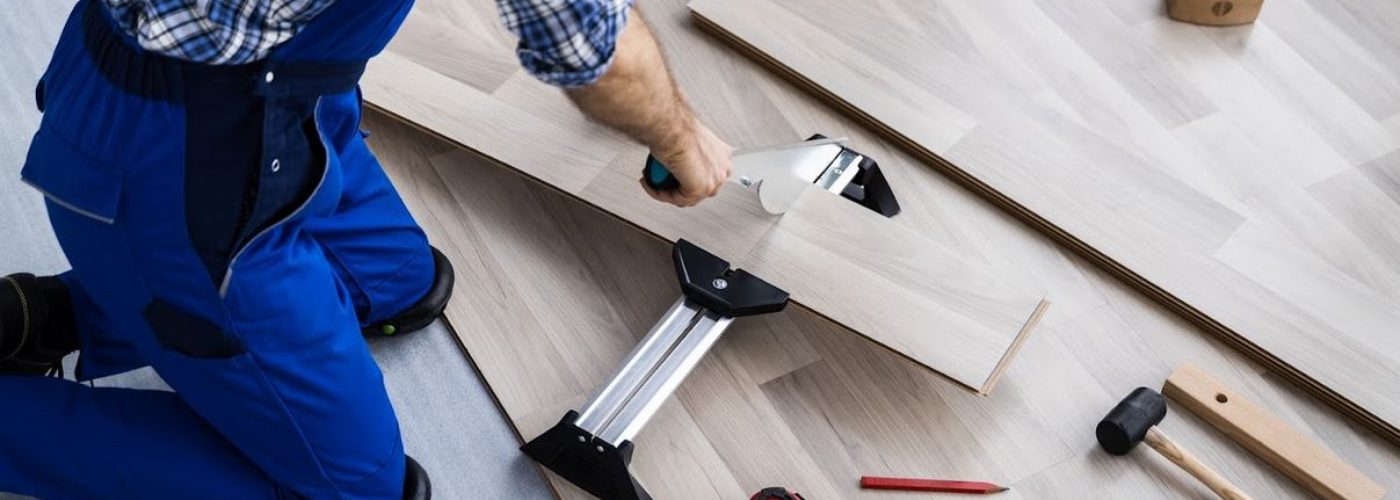Hardwood flooring is the ideal material for various spaces in your home. The material gives off an attractive ambiance that significantly boosts the overall look of a room. If you’re eager to install new hardwood flooring in your living room or place it throughout your home, it’s an investment that requires your full attention.
Investing in superior quality flooring for your home, such as hardwood, can provide several long-term benefits. First, it adds timeless elegance and beauty to any space and can be a wise choice if you plan to remodel your home in the future. Hardwood flooring can also last for many years, which is why it’s crucial to choose a suitable hardwood floor for your home. To learn more about hardwood flooring, you can look into custom wood shops such as Elmwood Reclaimed Timber to get an idea of how it will look like once installed.
Once you decide to go for hardwood flooring, maintenance is a factor to consider. The material is prone to scratching, and exposure to excessive moisture can increase the risk of rotting. Before installing hardwood flooring in your home, here are several factors to consider to ensure that you’re making the right decision.
1. Interior Design
Before deciding on the type of flooring to install in your home, it’s essential to consider the interior of your home first. It would be best to consider the furniture, especially the cabinet trimming, door casings, and other design elements. Doing so will ensure that the floor will seamlessly blend in with your home.
2. Location
It’s crucial to note that not all types of hardwood floors work best in all parts of your home. With this in mind, you should carefully think about the areas where you want to install them. In areas below ground level, such as the basement, engineered wood is a good choice.
Solid wood is not a suitable option due to the moisture in spaces below the ground. Moisture can rise from the ground and result in problems with solid wood flooring.
3. Subfloor Type
Subfloors serve as the base for finished floors in all houses, which should be one of your considerations when selecting hardwood flooring. Generally, the common types of subflooring include particle boards, concrete slabs, and plywood. If you want a versatile option, plywood is ideal since it can support solid wood and engineered floors.
4. Price
The price of hardwood flooring includes the installation cost and floor maintenance. It will also depend on the number of years you intend to stay in your current home.
If you’re planning to stay in your current home for many years to come, you might want to think about renovating the space and selecting suitable flooring options during that period. Additionally, you should also consider the costs of the removal and disposal of the old flooring.
5. Lifestyle
Depending on your lifestyle, you should consider the wear and tear of the flooring you’ll choose. For those who regularly host gatherings with family and friends or have pets around, it’s best to consider a durable type of wood that’s resistant to scratches or damages. You can go for red oak since it’s affordable and resilient enough to endure most damage.
6. Finishing And Staining Options
Hardwood flooring is a preferred option for most homeowners due to its beauty and elegance in its natural form. One of the most common concerns in installing hardwood is when the color deteriorates, especially in areas that are constantly exposed to the sun.
In maintaining hardwood flooring, you should polish the floor using various finishes to lessen its chances of deteriorating. You can apply any finish of your choice as long as it matches the entire look of your house.
7. Tree Species
Various tree species produce distinct hardwood flooring. Each tree showcases unique grain patterns, characteristics, and variations that make them stand out. Here are some of the popular wood types.
- Oak. You can choose from two types such as red and white. Red oak is a popular option with visible graining and color variations in every plank. White oak, with varying grain patterns, is a suitable option for high-traffic areas in your home.
- Hickory. When it comes to durability, hickory is the ideal option due to its high density and shock resistance.
- Ash. The bold graining in each plank, ranging from wavy, straight, or curly, makes it stand out in any space.
Conclusion
Hardwood flooring is a worthy investment if you want to upgrade the overall look of your home. Before installing hardwood flooring, you should take note of these factors to help you along the way. But one thing’s for sure—once you have installed hardwood flooring in your home, it will give your house that promised lasting elegance for years to come.






